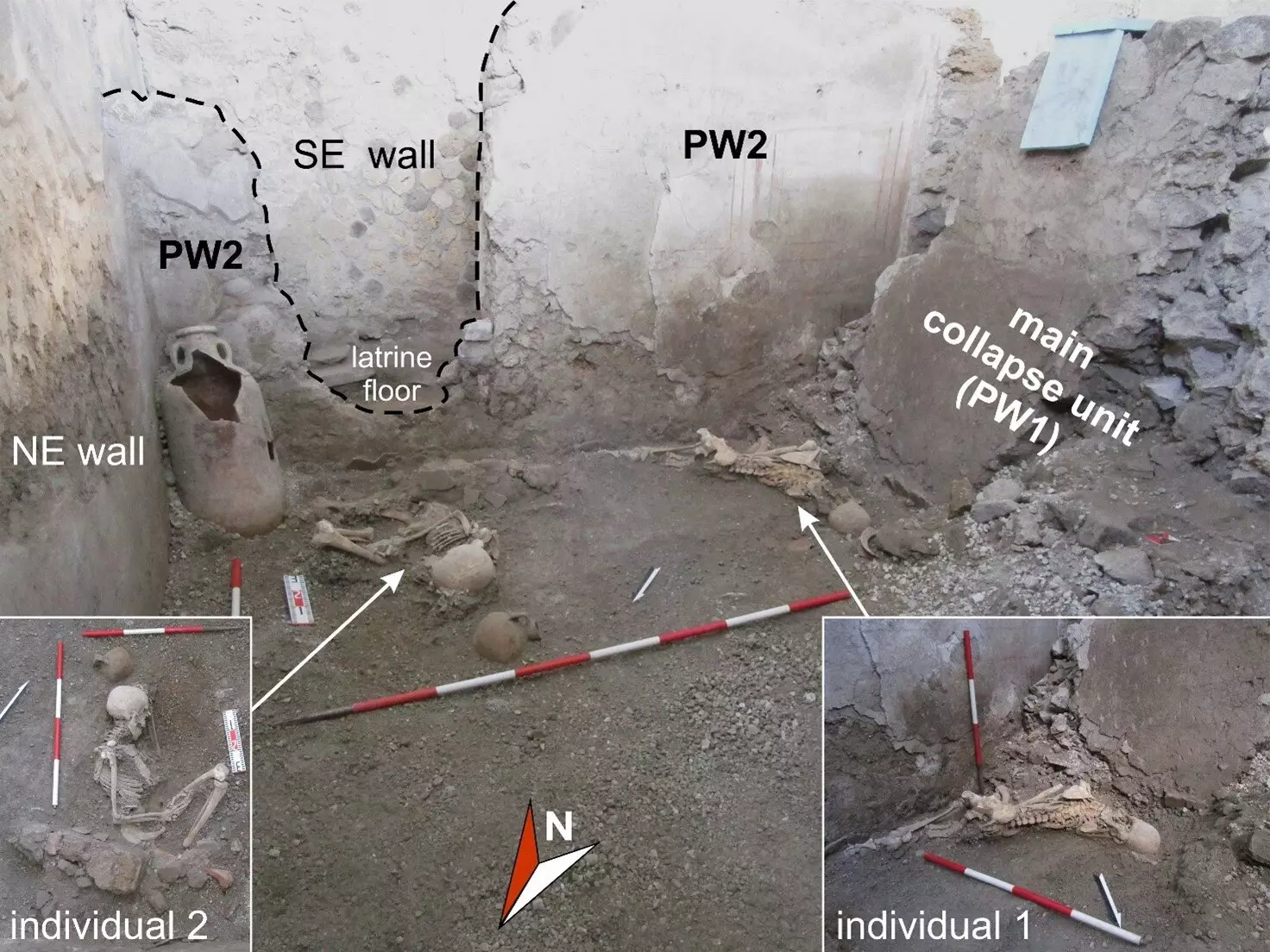When we delve into the cataclysmic events that led to the destruction of Pompeii almost 2,000 years ago, the narrative typically centers around the volcanic eruption of Mount Vesuvius. Yet, a pioneering study by the Istituto Nazionale di Geofisica e Vulcanologia (INGV) and the Pompeii Archaeological Park casts a crucial light on another consequential factor: the seismic activity that accompanied the eruption. This research has taken on the intricate task of disentangling the simultaneous effects of earthquakes and volcanic eruptions, revealing an astonishing dynamic that played a significant role in the tragedy that befell a once-thriving community.
Historically, descriptions from figures such as Pliny the Younger have recounted the chaos and devastation of Vesuvius’s fury, which included the death knell for thousands. The current project, however, emphasizes that while fiery eruptions were catastrophic, earthquakes during this tumultuous period compounded the destruction and may have directly influenced human responses that led to further loss of life. Dr. Domenico Sparice, a leading volcanologist in this research, emphasizes the challenging nature of this inquiry, likening the interplay of these natural forces to a complex jigsaw puzzle. The crux of the study lies in understanding both phenomena—not merely as concurrent events but as interconnected forces, each impacting the other to create a trajectory of doom for the inhabitants of Pompeii.
Revisiting Ruins: A Closer Look
The archaeological remnants uncovered at Pompeii provide invaluable insights into that fateful day, especially sites such as the “Casa dei Pittori al Lavoro.” This location yielded discoveries that deviated from established archaeological narratives surrounding volcanic destruction. Structural anomalies observed during excavations suggested not just the aftermath of falling ash and pumice but possibly the immediate effects of earthquake-induced collapses. This observation leads to another layer of grief; as scientists discovered human remains that bore signs of trauma not consistent with suffocation or heat but rather with sudden structural failure.
The very concept of calamity shifts under the lens of this research. While the eruption of Vesuvius is often viewed as an isolated incident of tragedy, it now appears interconnected with the seismic disturbances that rattled the city. Dr. Mauro Di Vito, another contributing volcanologist, noted that the discovery of skeletal remains with distinct injuries prompted a reevaluation of how these individuals met their demise. The research posits that these individuals might have believed they were safe during moments of lull in the eruption, only to be struck down by seismic bouts and collapsing structures.
The Human Experience Amidst Chaos
To fully comprehend the catastrophe that enveloped Pompeii, it is crucial to bring the human experience into focus. Daily life was abruptly interrupted; as pumice began to fall, citizens rushed to seek cover. The narrative shifts dramatically after the eruption’s initial phase when survivors could have mistakenly assumed the worst was over. This period of false tranquility ultimately became a fatal illusion—earthquakes followed promptly, demolishing already weakened structures and foreshadowing the city’s demise.
The two male skeletons recovered tell a tragic tale. The positioning and conditions around the remains suggest a desperate struggle for survival. One individual appeared to be shielded by a wooden object, a valiant attempt to protect himself from an unforgiving twist of fate. The realization that many may have opportunistically fled into the open, only to be met with untimely disaster, humanizes the statistics of death. Each decision treacherously swayed between survival and obliteration reflects the poignant drama of those final hours in Pompeii.
Scientific Implications and Historical Curiosities
The implications of this research extend beyond mere curiosity; they challenge the narrative of volcanic calamity by emphasizing the concurrent seismic activity that played a critical role in the unfolding disaster. Dr. Fabrizio Galadini has stressed the vital necessity of understanding this interplay not just to reconstruct events but to grasp the psychological state of the populace caught in the throes of catastrophic uncertainty.
The scientific community benefits immensely from this perspective. By framing Pompeii’s destruction not only within the confines of volcanic activity but also considering the seismicity factor, researchers can glean critical lessons from ancient disasters. It enables a multidimensional understanding of historical events, allowing for better preparedness in modern times, where geological forces continue to pose threats.
The intersection of archaeology and volcanology reveals the complexity of disaster scenarios, where the truth may be even more harrowing than previously understood. As researchers strive to piece together the puzzle of Pompeii, they grant us a glimpse not just into history but into the resilience and vulnerability of humanity in the face of nature’s unchecked fury.


Leave a Reply